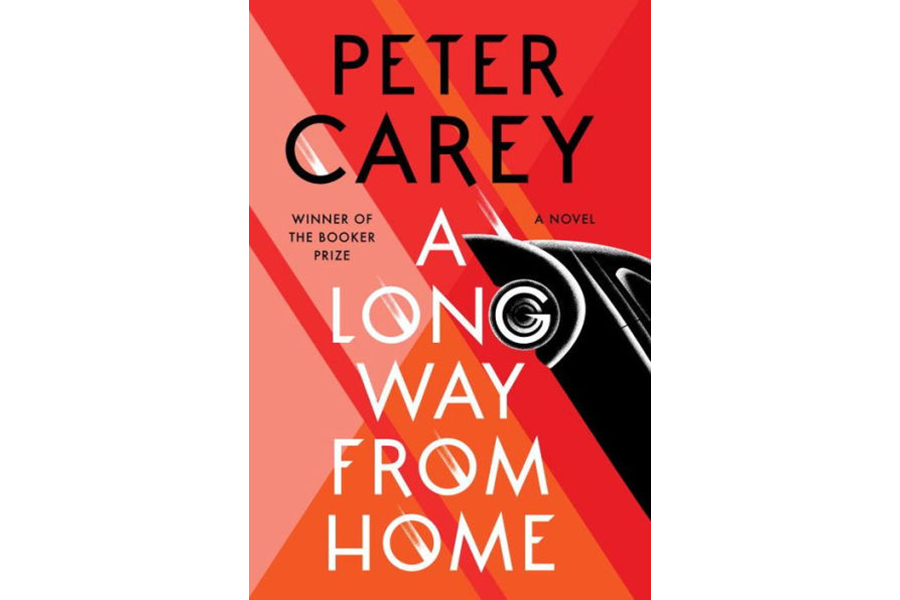'A Long Way From Home' shifts from a lively 1950s travelogue to a darker debate over racial identity
Loading...
Who doesn’t love a road-trip novel, especially one set in Australia? In Booker Prize-winning author Peter Carey’s latest novel, a 1950s road rally serves as both an entertaining travelogue and a plot device. As an Australian writer, Carey has not previously dealt with race relations in his country, contending that as a white man, he is not qualified. But that’s all changed in his latest novel. A Long Way From Home starts off in a highly entertaining vein and then morphs into something altogether darker and more introspective.
The first voice we hear in the book is that of the initial narrator, Irene Bobs, restless homemaker and mother of two. She’s a ball of energy in overalls, a woman who likes nothing more than to slide under the chassis of an automobile. She’s in love with her car-salesman husband, Titch, and considers it her job to shield him from his bullying father. The senior Bobs is a former aviation hero and scrapyard owner known as Dangerous Dan. Every time it looks as though the Bobs family has finally ditched him, Dan shows up again, foiling their plans.
The Bobs family has moved to the small town of Bacchus Marsh in Victoria with the idea of opening a car dealership. As a way to gain publicity for their venture, they invest their savings to enter the Redex Reliability Trial, a 9,600-mile, 17-day endurance road test around Australia sponsored by the Redex motor-oil company. Participants drive ordinary passenger vehicles and are allowed only minor modifications, including extra fuel tanks. The punishing route will take them through dense forest, boggy wetlands, and vast, trackless deserts.
The book’s second voice, alternating with Irene’s, belongs to Willie Bachhuber, their eccentric next-door neighbor, who serves as navigator on the trip. Willie was a quiz show genius and schoolteacher, but now he’s lying low to avoid questioning from school officials about his discipline methods. During the race, his map-reading skills keep them moving in the right direction, with a few setbacks along the way, including sabotage by Dangerous Dan, who has also entered the race, further infuriating Irene.
The farther north they go, the team encounters increasing evidence of Australia’s brutal history. At one stop, Irene stumbles on a mass grave containing the remains of Aboriginal people who were slaughtered for their land. She brings back the small skull of a child, which reminds her of her own children. As they drive deeper into Western Australia, their presence elicits curiosity and something more menacing from the inhabitants, in particular one old black man, who invites himself along on a segment of the race. His attention is drawn to Willie, who can’t shake a feeling of unease.
From this point in the novel – without giving the plot twist away – everything shifts: One character unexpectedly moves into the foreground while the others drop back, and even the automobile race becomes incidental. The mood changes as the author delves into the question of racial identity within the larger history of Australia’s subjugation of its indigenous peoples. This was Peter Carey’s aim all along, and he has led the reader to this place to highlight the need for a reckoning with the past.
In “A Long Way From Home,” Carey demonstrates an extraordinary ear for language and the ability to capture his characters’ styles of speech. His writing is studded with Aussie slang that takes a few chapters to get used to, but his evocative descriptions of the outback need no translation. He’s created characters whose quirks and peccadillos make them both lovable and flawed until suddenly, the narrative thrusts them into a different story altogether.
Carey’s gift is that readers are willing to follow him on this journey of self-discovery, cleverly disguised as a road trip.








